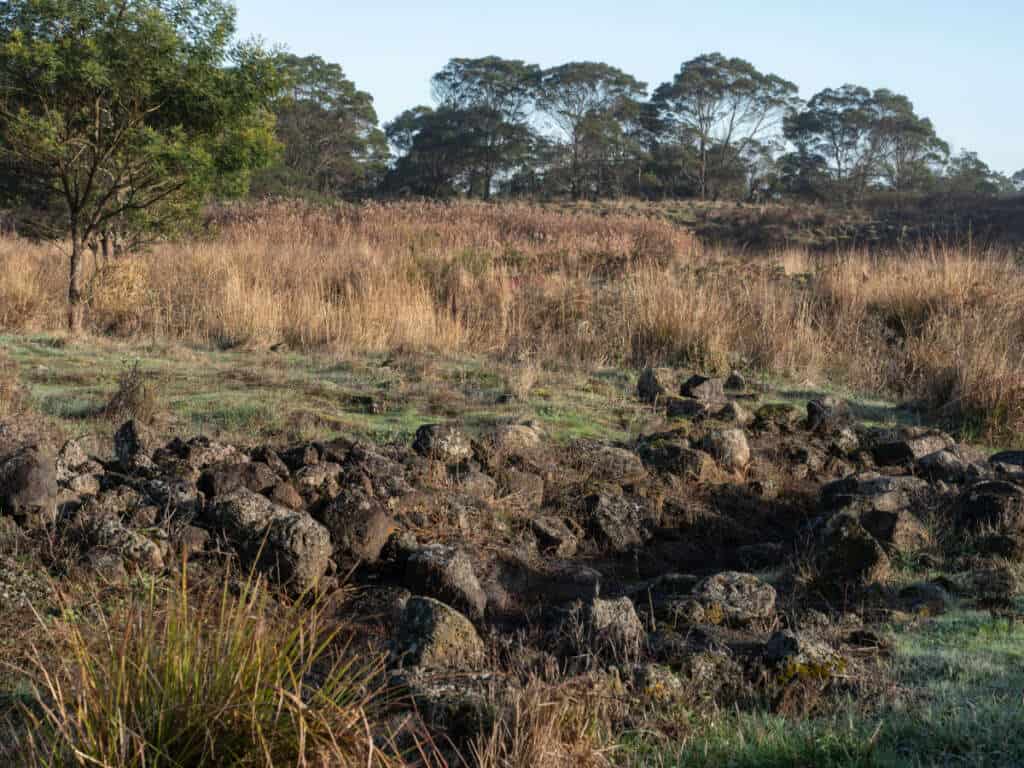Everything You Need to Know About Budj Bim National Park
Share This Article
Budj Bim National Park is a national park located in the state of Victoria, Australia. It is named after Budj Bim, an ancient volcano in the region that is considered a significant site for the local Indigenous people. The park is home to a diverse range of flora and fauna, including threatened species such as the Orange-bellied Parrot and the Spotted Tree Frog.
The park is also home to the Budj Bim Cultural Landscape, which has been listed as a World Heritage site by UNESCO. It includes the Tyrendarra Indigenous Protected Area, which is managed by the traditional owners of the land.
The Budj Bim volcano is thought to have last erupted about 35,000 years ago, and it is now an inactive volcano.
ALSO READ: Everything You Need to Know About the Snowy Mountains
The cultural landscape is significant because it represents the longest continuous aquaculture system in the world and is an outstanding example of the ingenuity and resourcefulness of the Gunditjmara people. It is also an important site for the study of Indigenous land management and the sustainable use of natural resources.
Cultural Significance
Budj Bim is a significant site for the Gunditjmara people, who have lived in the region for thousands of years. It is an ancient volcano that is considered a sacred site and a place of great spiritual importance to the Gunditjmara. The Budj Bim Cultural Landscape, which includes the Budj Bim National Park, has been listed as a World Heritage site by UNESCO.
The cultural landscape includes the Tyrendarra Indigenous Protected Area, which is managed by the traditional owners of the land. The cultural landscape is significant because it represents the longest continuous aquaculture system in the world and is an outstanding example of the ingenuity and resourcefulness of the Gunditjmara people. It is also an important site for the study of Indigenous land management and the sustainable use of natural resources.
Gunditjmara People
The Gunditjmara are an Indigenous Australian people who have lived in the western part of the state of Victoria for thousands of years. They are the traditional owners of the land on which Budj Bim National Park is located. The Gunditjmara are known for their rich cultural traditions, including their unique system of aquaculture, which involved the construction of earthen dams and channels to farm eels. The Gunditjmara also have a long history of resistance to colonisation and have played a significant role in the preservation of their culture and traditions.

Eel Traps
The Budj Bim eel traps are a series of earthen dams and channels that were built by the Gunditjmara people to farm eels. The eel traps, which are part of the Budj Bim Cultural Landscape, are considered to be the oldest and most extensive aquaculture system in the world. The traps were built using traditional knowledge and techniques that have been passed down through the generations. The dams and channels were used to divert water and create pools where eels could be caught and farmed.
The eels were an important source of food for the Gunditjmara people and played a central role in their culture and economy. The eel traps are an outstanding example of the ingenuity and resourcefulness of the Gunditjmara people and are an important part of the World Heritage-listed Budj Bim Cultural Landscape.
Where is Budj Bim National Park?
Budj Bim National Park is located in the state of Victoria, Australia. It is located in the western part of the state, about 250kms west of Melbourne.


1 Comment
Comments are closed.